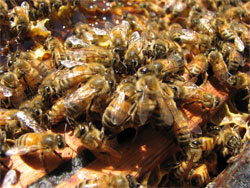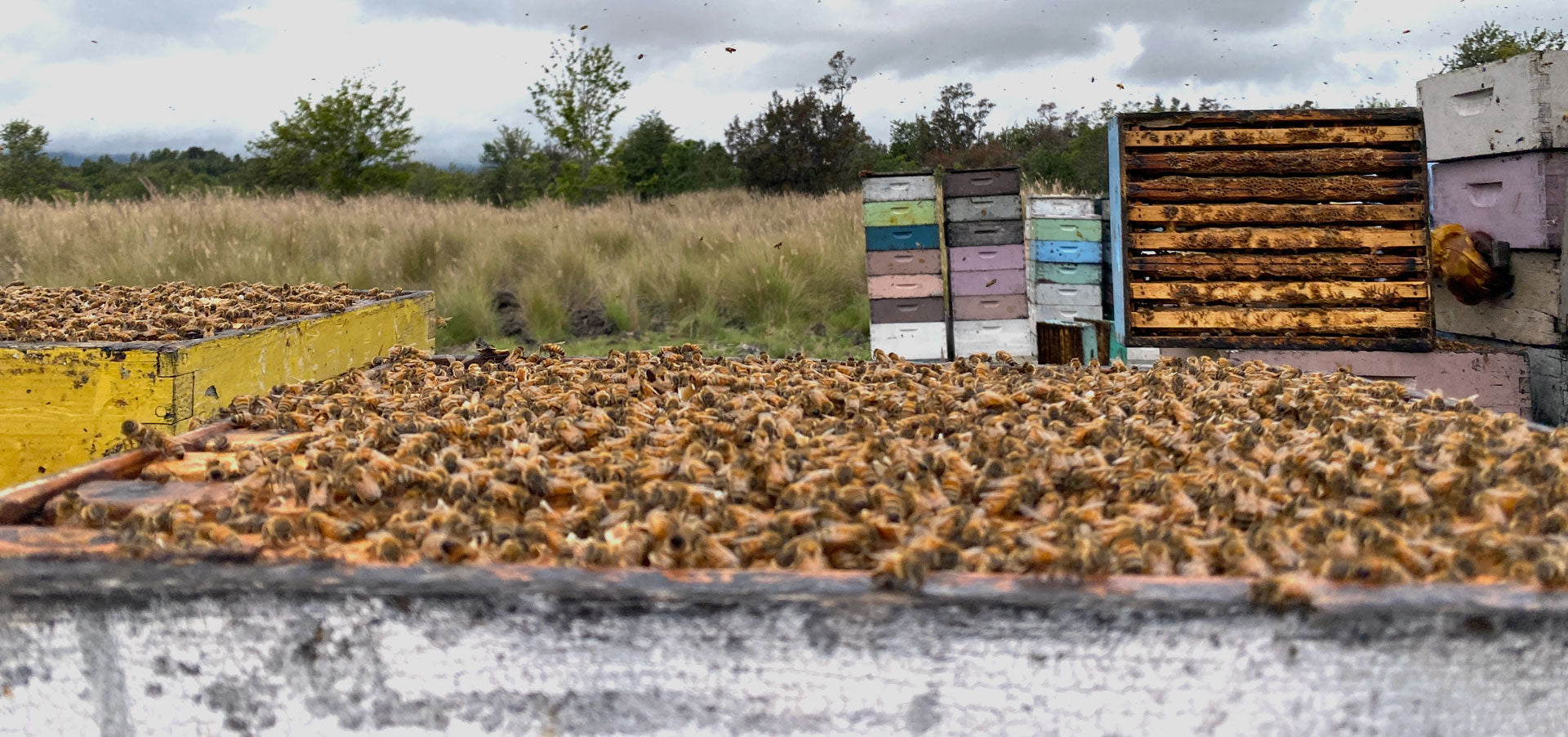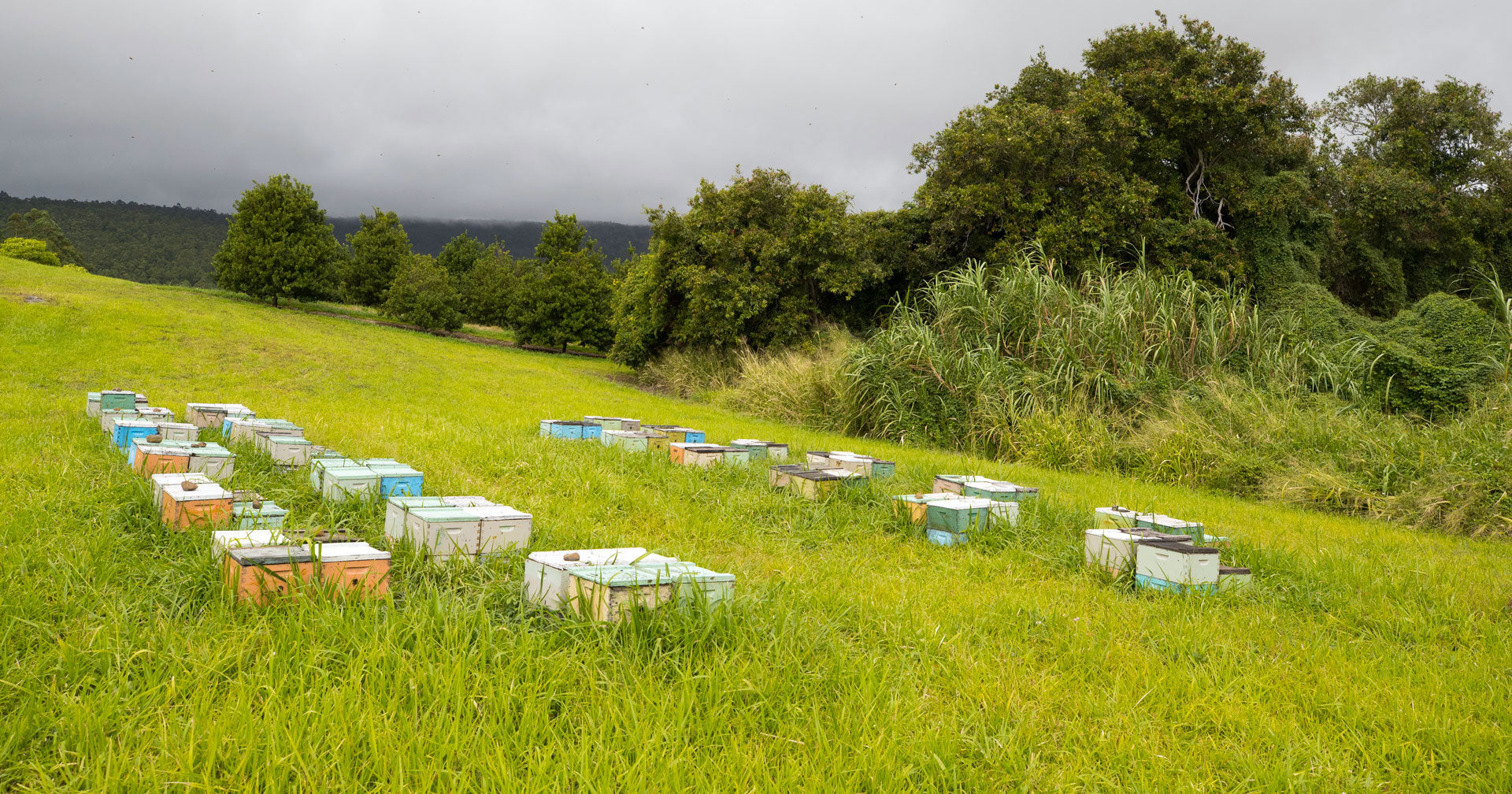Since bees are deaf, they don’t use verbal language to communicate. Instead, they dance to share information and to make requests. (Bees receive the input both by sight and by feeling the vibrations dancing bees cause).
Here are several of the most common bee dances and what they mean.
Round Dance: Purpose is to inform other bees of nectar within 10 meters. In this dance, the bee runs in small circles.
Cleaning Dance: Purpose is to ask another bee for a grooming. In this dance, the bee stamps her feet and shakes her body.
Joy Dance: Purpose is to celebrate, for example, when a new queen emerges from her cell. In this dance, the bee places her front legs on one another and pulses her abdomen up and down.
Massage Dance: Purpose is to request a massage…even a bee needs a massage sometimes! In this dance, the bee moves her head in a certain angle. Other bees respond by pulling her leg joints and touching her sides.
Alarm Dance: Purpose is to warn others of the danger when a food source is contaminated. In this dance, the bee vibrates vigorously and runs in a zigzag, spiral motion.
Tremble Dance: Purpose is to inform other bees that a large load of nectar has arrived in the hive for processing. In this dance, the bee walks leisurely and wiggles its legs, causing its body to quiver and tremble.
Shake Dance: Purpose is to inform house bees to help the foragers collect nectar from a particularly rich source. In this dance, the forager bees shudder in front of one housebee at a time, to notify up to 20 per minute.
Whir Dance: Purpose is to motivate the colony to leave the hive and swarm. In this dance, the bee runs in zigzags, whirs its wings and shakes its body.
Waggle Dance: Purpose is to explain the distance, direction and desirability of a nectar source farther than 10 meters. In this dance, the bee makes two semi-circles and then runs the diameter of the circle. The straight side of the semi-circle shows direction, the running speed shows distance and the intensity shows the nectar’s sweetness and quantity.




